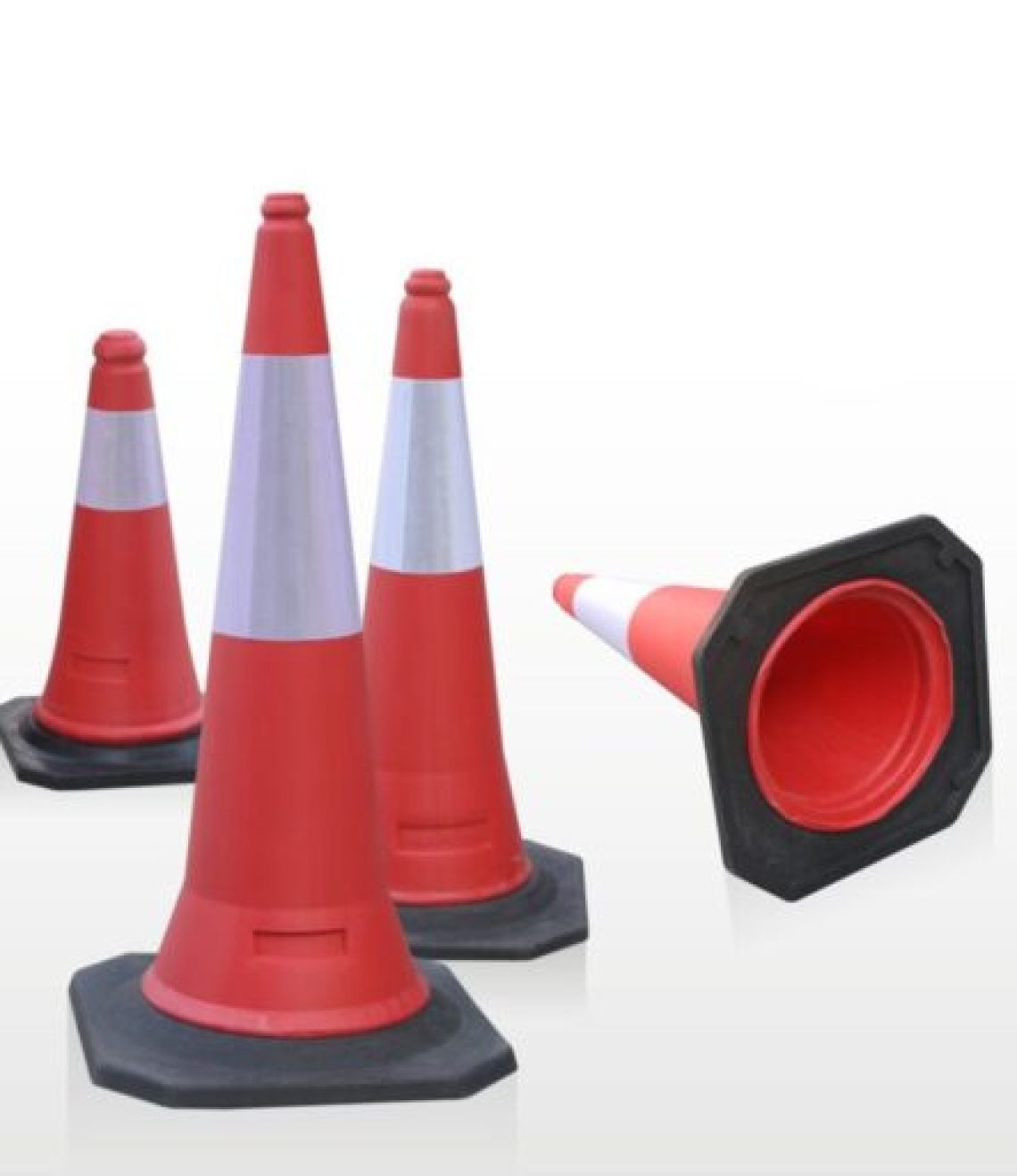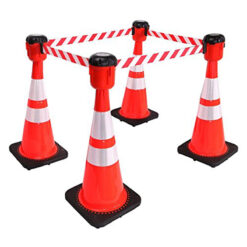Express Deliveries countrywide.
Trafic cone

This traffic cone plays a crucial role in ensuring road safety by providing visual guidance and warnings to drivers, pedestrians, and other road users. Their bright color, distinct shape, and reflective elements make them highly visible and effective tools for managing traffic flow and improving overall safety on the roads.
Quantity:
Continue Shopping
Category: trafic cones
Description
Traffic cones, also known as safety cones, are brightly colored, conical-shaped devices used to redirect or control traffic flow, indicate hazards, or mark construction zones on roadways. They are typically made of durable materials such as PVC or rubber to withstand various weather conditions and vehicle impacts.
Here is a detailed description of traffic cones:
Shape: Traffic cones have a distinctive conical shape, tapering from a broad base to a pointed top. This shape helps ensure stability and visibility, even in windy conditions.
Color: They are usually bright orange, which is highly visible during the day and stands out against most backgrounds. In some cases, traffic cones may also feature reflective bands or collars to enhance visibility during low-light conditions or nighttime.
Size: Traffic cones come in different sizes, ranging from smaller ones around 12 to 18 inches (30 to 45 centimeters) in height, used for minor traffic control or indoor purposes, to larger ones measuring 28 to 36 inches (70 to 90 centimeters) or more, commonly utilized for major roadwork or construction projects.
Base: The base of a traffic cone is wider and heavier than the top, providing stability and preventing easy tipping. Some cones have a square or rectangular base, while others have a circular one.
Material: Traffic cones are typically made from durable materials such as PVC (polyvinyl chloride) or rubber. These materials are resistant to fading, cracking, and damage caused by UV exposure, weather conditions, and vehicle impact.
Usage: Traffic cones serve multiple purposes. They can be placed along roadways to create temporary lanes, redirect traffic during construction or maintenance work, indicate lane closures or detours, and warn drivers of potential hazards, such as obstacles, roadwork, or accidents.
Portability: Traffic cones are lightweight and easy to transport. They are designed for convenient handling, allowing workers to quickly deploy or remove them as needed.
Versatility: While traffic cones are commonly associated with road construction and maintenance, they are also used in various settings like parking lots, airports, sports events, and other situations where temporary traffic control or hazard marking is required.
Overall, traffic cones play a crucial role in ensuring road safety by providing visual guidance and warnings to drivers, pedestrians, and other road users. Their bright color, distinct shape, and reflective elements make them highly visible and effective tools for managing traffic flow and improving overall safety on the roads.

